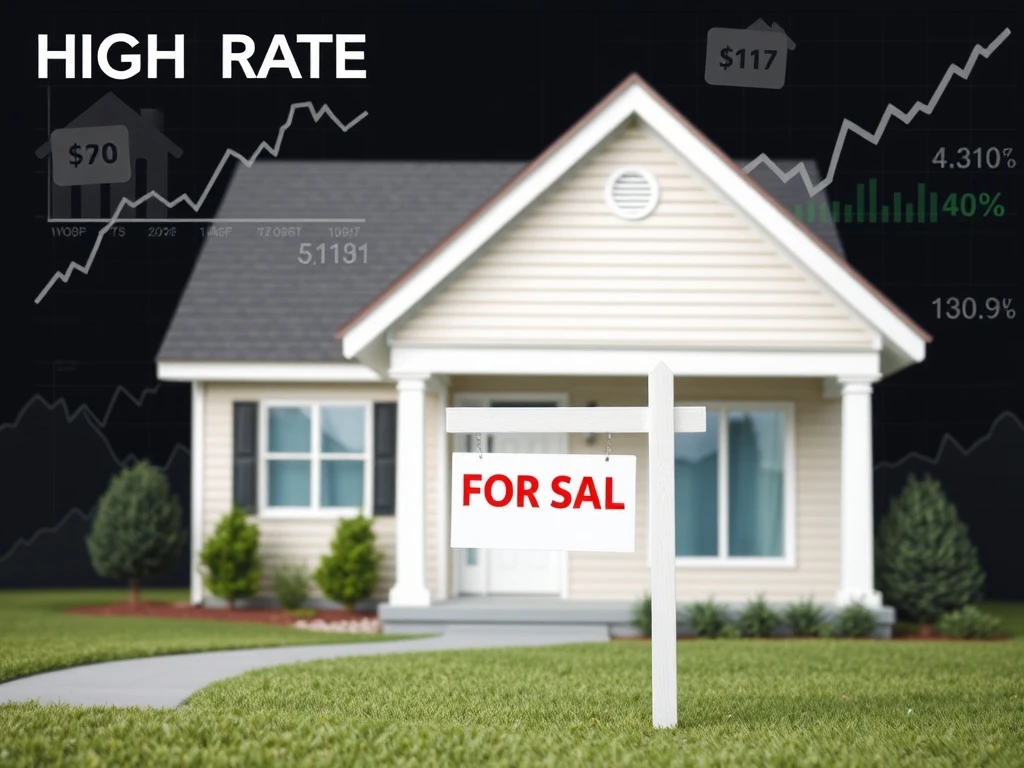ARM Rates Surge: 5/1 at 7.74% and 7/1 at 7.56% as Buyers Navigate High-Rate Challenges

With ARM rates hitting 7.74% for 5/1 and 7.56% for 7/1, adjustable-rate mortgages are gaining traction among 8% of buyers in today’s high-rate climate. Are these loans the right choice for you?
Understanding ARM Rates in a High-Rate Climate
Adjustable-rate mortgages (ARMs) offer initial fixed-rate periods before transitioning to variable rates. As of July 29, 2025, the average rates are:
- 5/1 ARM: 7.74%
- 7/1 ARM: 7.56%
These rates reflect a market where fixed-rate mortgages dominate, but ARMs provide flexibility for specific buyer needs.
Why Buyers Choose Adjustable-Rate Mortgages
ARMs appeal to:
- Short-term buyers seeking lower initial payments
- Investors planning to sell before rate adjustments
- Those betting on future rate drops
However, the complexity of ARM terms requires careful consideration.
Risks and Rewards of ARM Rates
While ARMs offer lower initial rates, they come with risks:
- Unpredictable payments post-fixed period
- Complex rate comparison processes
- Potential for significant rate increases
Refinancing to fixed-rate loans remains a common strategy for long-term homeowners.
Mortgage Trends: Fixed vs. Adjustable Rates
Current market trends show:
| Mortgage Type | Market Share |
|---|---|
| Fixed-Rate | 92% |
| Adjustable-Rate | 8% |
This distribution highlights the ongoing preference for stability in uncertain rate environments.
Actionable Insights for Mortgage Shoppers
Before choosing an ARM, consider:
- Your planned homeownership duration
- Financial flexibility for potential rate hikes
- Current market projections
- Alternative refinancing options
Frequently Asked Questions
Q: What does 5/1 ARM mean?
A: It’s a 5-year fixed rate followed by annual adjustments based on market indexes.
Q: Are ARM rates always lower than fixed rates?
A: Initially yes, but they can become higher after the fixed period ends.
Q: Who benefits most from adjustable-rate mortgages?
A: Short-term homeowners, investors, and those expecting to refinance or sell before rate adjustments.
Q: What’s the biggest risk with ARMs?
A: Payment shock when rates adjust upward significantly.








